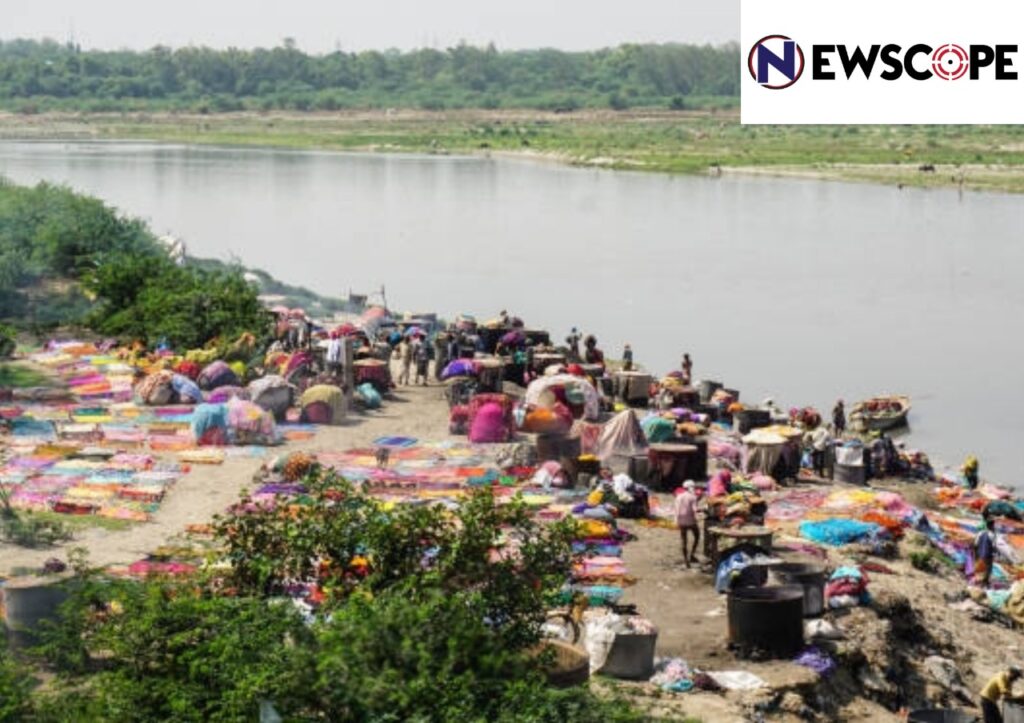Time was when the waters of Yamuna flowing past were pristine blue, but now it is considered to be one of the severely polluted rivers in the world. Referred to as “Delhi’s dying holy river”, plans to rejuvenate Yamuna ticks done right boxes but much more needs to be done for the river to get its freshwater back. The Yamuna gurgles past more than 1400 kilometres. But it spans only 22 kilometres in Delhi.
Nearly 58 per cent of the waste of the national Capital is dumped into Yamuna. Yet with an annual flow of about 10,000 cubic billion litres, the river accounts for more than 70 per cent of Delhi’s water supply.
The highest source of pollution is Wazirabad, the point where the river enters Delhi.Nearly 90 per cent of domestic waste water flows into Yamuna, according to a report submitted by Delhi Pollution Control Committee to the Yamuna Pollution Control Committee.
The domestic wastewater is marked by a high presence of detergent, laundry chemicals and phosphate compounds. The abundance of phosphate formed layers of toxic froth.
The catchment area of Yamuna is highly urbanised and networked with several drains. Najafgarh and Shahdara drains are the major drains that discharge a heavy load of pollutants into the river.
Water quality monitoring of the river Yamuna has pointed to a significant percentage several heavy metals into its water. Iron presence surpasses the limit. Its presence is the most abundant in Yamuna water.In so many words, the Yamuna does not have freshwater for most of its Delhi stretch. The quality of water was an important issue during Delhi Assembly elections.
The joint action to revive Yamuna by the Centre and the Delhi state government ticks a few right boxes. These include restoring the river’s environmental flow. However, much will depend on the project’s fine print One must not lose sight of the fact that several similar schemes have run out of steam in the past. The project plans to use sewerage treatment plants (STP)s to restore some of the river’s ecological functions. Water treated by these STPs will be discharged downstream of the Wazirabad and Okhla barrages.
For that the efficiency of the STPs have to be increased. But at least, half of Delhi ‘s STPs do not meet operating standards in the recent years, according to Delhi Pollution Control Committee ‘s reports.
For the last decade, projects to upgrade these plants suffered as the Centre and the state government were not in the same page. Though there has been a change in Delhi’s political scene, there is no denying the fact that water cleansed at STPs is not freshwater. The Yamuna needs freshwater to nurture a healthy aquatic ecological system.
The planners have overlooked rainwater harvesting to reduce the city’s dependence on the Yamuna. Moreover, the plan does not have a flood plain component. Instead the focus is on shifting floodplain encroachments. Delhi has to decide ways to revive its wetlands and catchment areas. The new plan to restore Yamuna’s flow is welcome. But much more needs to be done.
